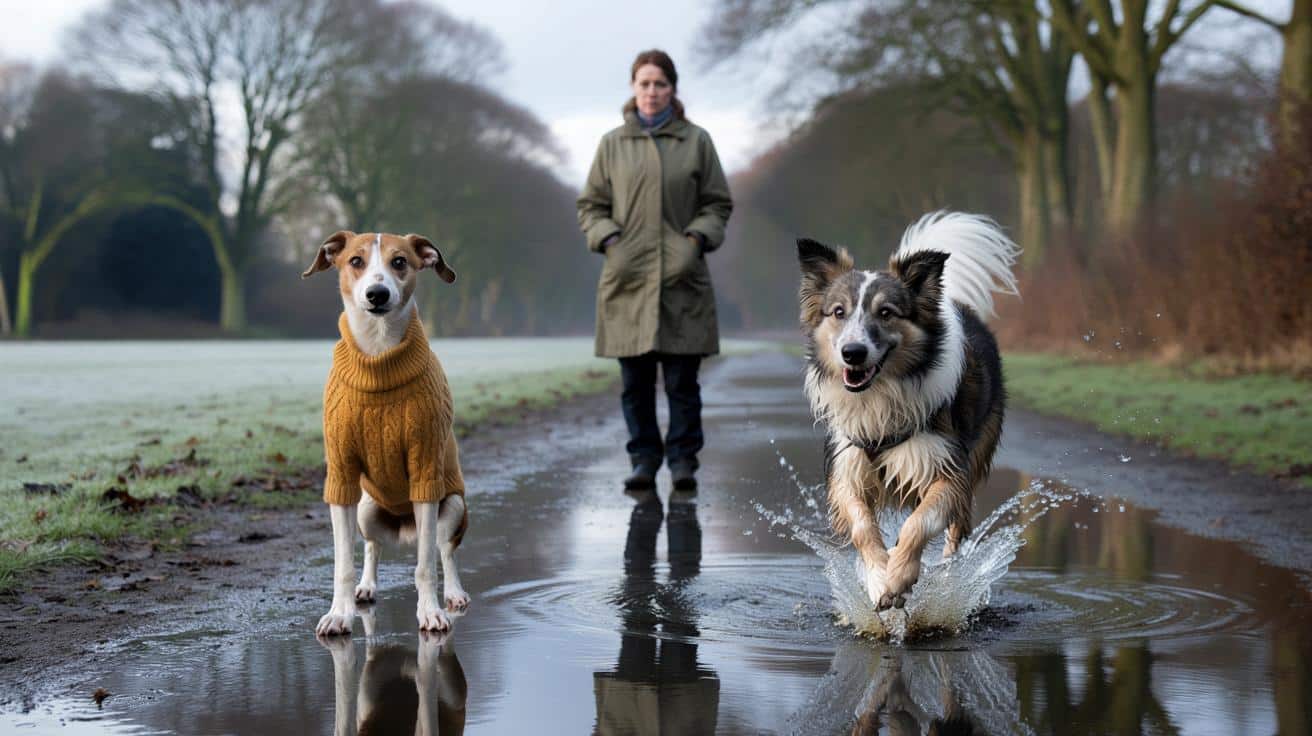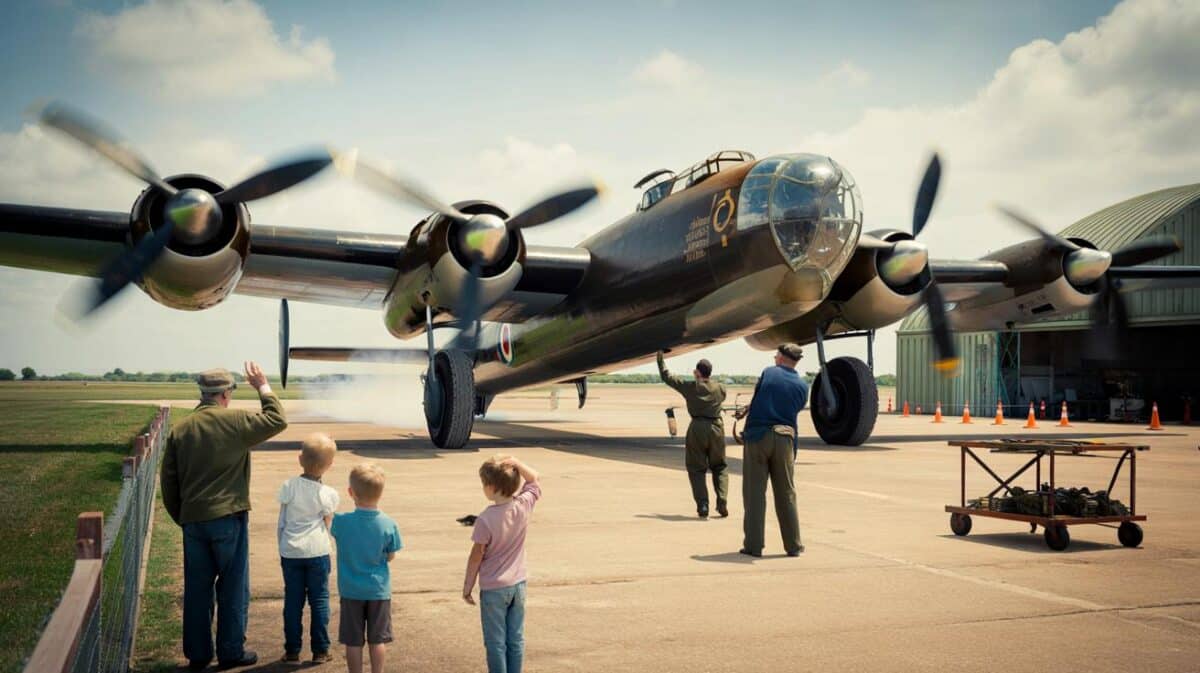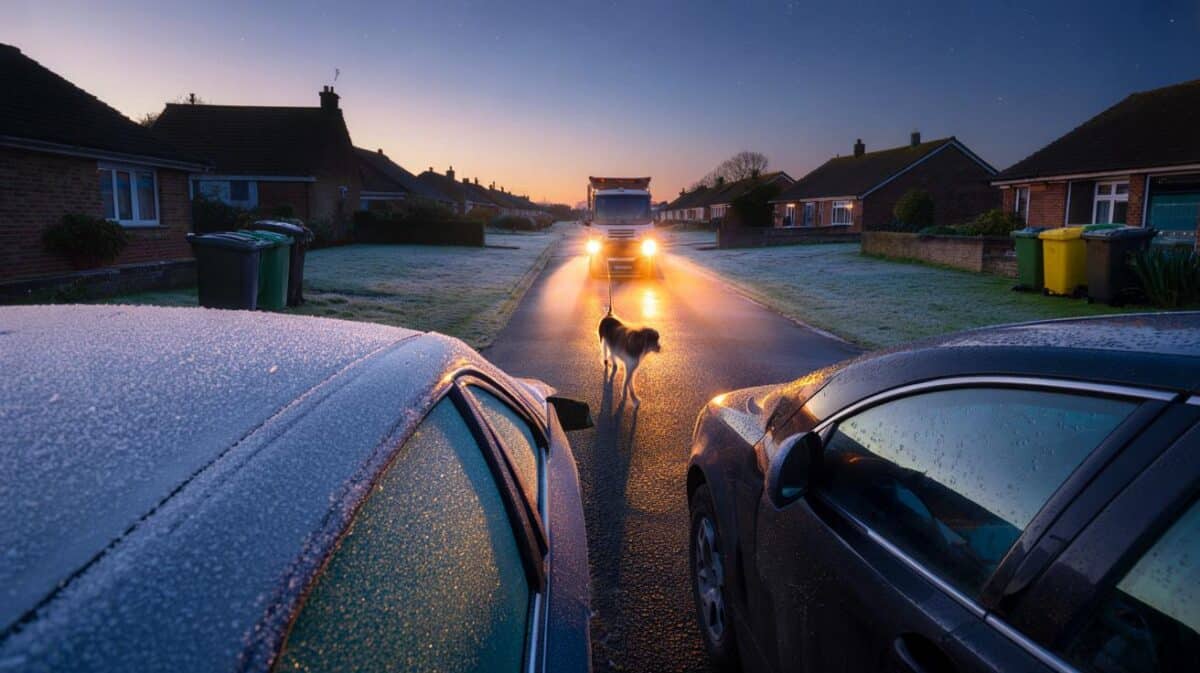Is it coddling, or a sensible layer against icy winds and wet pavements? A UK vet has stepped in with a clear, practical answer that cuts through the memes and the muddle.
The sky over the park was the colour of unwashed slate, and you could see your breath drifting sideways. A greyhound in a snappy cable-knit hugged his owner’s leg, while a jubilant Labrador – bare as a seal – cannoned into a puddle and turned it into weather. It was that glassy-cold that finds your ankles. I watched a woman wrestle a tiny jumper over a wriggly terrier and wondered, are we helping, or just playing dress-up? The vet beside me smiled, hands in pockets, and waited for a gust to speak. Then she settled it with one rule that actually made sense. A short one.
A vet’s verdict: when a dog jumper is a must – and when it’s a no
The debate isn’t about fashion. It’s about heat loss, and dogs shed heat in ways we often miss. Thin coats, lean bodies, and small frames lose warmth fast. Age, illness, and damp fur stack the odds. The vet put it simply: if the weather bites and your dog’s coat is thin, a jumper turns a miserable trudge into a happy trot. And if your dog is pounding along at full tilt with a built-in duvet, skip it.
Picture two walks on the same frosty morning. Tilly the whippet trembles at the gate, chest tight to the wind, tail low; with a snug jumper that covers her sternum, she lifts her head and starts to sniff again. Barney the collie, all fluff and engine, heats up by the first field; put him in a thick knit and you’ll get panting and irritation, not comfort. We’ve all had that moment when you realise one dog is asking for warmth and the other is begging for air.
Why it works comes down to physics you can feel with your hand. Small, sleek dogs have more surface area compared with their mass, so they leak warmth faster. Rain flattens fur and steals heat by conduction; wind strips it by force. A jumper interrupts both. Big, double-coated breeds carry their own insulation and generate heat as they move, so a jumper can trap too much. That’s why the vet’s bottom line is this: match the layer to the coat, the weather, and the work your dog will actually do on the walk.
How to pick the right jumper – and use it the smart way
Use a 30-second check before the lead clicks on. Look at the forecast: wet plus wind at 0–7°C calls for a layer on thin-coated or elderly dogs. Look at your dog: ribs obvious, shivering, or reluctant at the door are green lights for a jumper. Then do a fit test: two fingers comfy at the neck and under the “armpits”, jumper covering the chest, shoulders free to swing. Put it on just before you leave. Remove it if the sun breaks through or your dog switches from amble to sprint.
The most common mistake is confusing cosy with bulky. Fleece is brilliant for dry cold, but in a downpour it soaks and chills; use a water-resistant layer for wet days. Don’t cover a thick, double-coated dog unless they’re standing still in sleet, because they’ll cook. Watch for panting that’s not exercise, damp fabric against the skin, or chunkiness at the shoulders that shortens the stride. Let’s be honest: nobody does that every day. Aim for “good enough” most of the time, and your dog will thank you with looser, happier movement.
Here’s the line the vet kept returning to, and a quick crib to stick by the door.
“Jumper decisions are simple: breed, weather, workload. If two of those lean cold, layer up. If two lean warm, leave it off.”
- Do choose chest coverage for thin-coated dogs; it’s where wind bites.
- Do dry the jumper after rain; a damp layer steals heat.
- Don’t use tight knits that rub elbows or pinch the underarm.
- Don’t leave a jumper on indoors where dogs can overheat quickly.
- Do watch your dog’s body language; it’s your best thermostat.
Tomorrow’s frost, today’s choice
You don’t need a wardrobe rail of tiny outfits to do right by your dog. You need a way to read the day and the animal in front of you. Some mornings you’ll see the shiver and the tucked-up posture and know a jumper turns dread into delight. Other times the bounce in their step says the wind is a friend and an extra layer would only slow them down. Once you start listening for those signals, the whole walk changes shape. And if you forget the jumper on a dodgy day, tuck the warm-up into movement: shorten the route, keep the pace, and reward the brave. Share what works at the park fence. You’ll find the rule-of-three travels well.
| Point clé | Détail | Intérêt pour le lecteur |
|---|---|---|
| Who truly needs a jumper | Thin-coated, small, elderly, underweight, or recently ill dogs in wet, windy cold | Directs care to the pets most at risk on winter walks |
| When to skip it | Double-coated breeds or high-energy work in dry cold; remove if panting or damp | Prevents overheating and chafing, keeps movement natural |
| Fit and fabric that work | Two-finger ease at neck/underarm, free shoulders, chest coverage; fleece for dry, waterproof for wet | Makes buying and using a jumper simple, comfortable, and safe |
FAQ :
- Should my dog wear a jumper if it’s not freezing, just windy and damp?Yes for thin-coated or elderly dogs. Wind plus wet strips heat fast, even at 5–8°C, so a light layer that covers the chest can make the walk comfortable.
- Do Huskies or German Shepherds ever need a jumper?Rarely. Double-coated breeds are built for cold. If they’re standing still in sleet or recovering from illness, a waterproof shell briefly can help, but watch for overheating.
- How long can a dog keep a jumper on?Only for the walk and the journey home. Take it off indoors, and if it gets wet, swap or dry it. Skin needs air, and damp fabric chills.
- What signs tell me my dog is too cold or too warm?Too cold: shivering, tucked posture, paw lifting, slow or reluctant pace. Too warm: panting without exertion, restlessness, scratching at the jumper, flushed ears.
- What size should I buy without trying it on in-store?Measure chest girth and back length to the base of the tail, then pick a size that covers the chest and mid-back without reaching the elbow. Freedom of the shoulders trumps fashion.







